Cha Fertility Ceter - Seoul Station ((의)성광의료재단 차여성의원)
6.4Km 2025-07-07
(2nd Floor, Seoul Square), 416 Hangang-daero, Jung-gu, Seoul
Since opening in 2015, CHA Fertility Center - Seoul Station has served as Korea's leading fertility treatment center. Based on the know-how of CHA University Gangnam Medical Center, the first private hospital to deliver a test-tube baby in 1986, CHA Fertility Center - Seoul Station is conveniently located near the center of Seoul, making it convenient for domestic and international fertility clients. Foreign fertility patients who arrive in Korea via Incheon Airport not only have easy access to the clinic via the direct rail linking Seoul and the airport but also benefit from the capital city's excellent infrastructure (transportation, tours, accommodations, restaurants, etc.) for a safe and comfortable fertility treatment during their stay. In particular, many international residents in Korea, embassy officials, U.S. soldiers, and Koreans living abroad visit CHA Fertility Center for fertility treatment.
Bukchon Museum (북촌생활사박물관)
6.4Km 2022-08-30
90, Bukchon-ro 5na-gil, Jongno-gu, Seoul
+82-2-736-3957
The Bukchon Museum displays items that have been collected from Bukchon, a historical village that was once home to the nation’s nobility. The museum was founded to observe urban development that took place in the recent decades through collected and preserved veryday household items that were used by Bukchon residents. Visitors are even allowed to touch items on display to better be able to imagine life in Korea before industrialization.
Fine Art Gallery Art Link (갤러리 아트링크)
6.4Km 2019-03-19
66-17, Yulgok-ro 3-gil, Jongno-gu, Seoul
+82-2-738-0738
Opened in March 2003, the Fine Art Gallery Art Link is a gallery that displays art pieces while creating an opportunity for patrons to meet the art and artists. The gallery also contributes to communication between modern art and people through online and offline channels.
Owl Museum (부엉이박물관)
6.4Km 2022-09-19
143, Bukchon-ro, Jongno-gu, Seoul
+82-2-3210-2902
The Owl Museum is filled with over 2,000 pieces of owl-themed arts and crafts collected from all over the world by the owner. Renovated from a house, the museum has a feel of an antique café as the owner offers a cup of coffee or tea to visitors. Located near the city, those interested in owls should stop for a view and a drink. Various stories of how the collection was gathered as well as information on owls are also interesting.
Tonymoly - Namdaemun Branch [Tax Refund Shop] (토니모리 남대문점)
6.4Km 2024-04-22
12, Namdaemunsijang-gil, Jung-gu, Seoul
-
Hangang Night Walk 42K (한강나이트워크42K With 허벌라이프)
6.4Km 2024-07-25
68 Yeouigongwon-ro, Yeongdeungpo-gu, Seoul
+82-10-2100-3855
The Hangang Night Walk 42K is a nighttime walking marathon, starting and ending at Nogeum Fountain at Yeouido Hangang Park in Seoul. The marathon features three courses: 15K, 22K, and 42K to enjoy the hot summer night. The courses all feature beautiful views, such as the Banpodaegyo Bridge Rainbow Fountain. Because the marathon is a walking one and not running, people of all ages can participate, talking the night away as they walk.
Homilhodu Yeongdeungpo-gu Office(호밀호두 영등포구청역)
6.4Km 2020-12-08
1-15 Dangsan-ro 32-gil Yeongdeungpo-gu Seoul
+82-2-3667-5152
It is bread with walnuts and red beans. The best menu at this restaurant is walnut cake balls. This Korean dishes restaurant is located in Yeongdeungpo-gu, Seoul.
Namdaemun Market Bondong Clothing Shopping Center (남대문 본동의류상가)
6.4Km 2022-09-07
3-2, Namdaemunsijang 2-gil, Jung-gu, Seoul
+82-2-753-2805
Namdaemun Market Bondong Clothing Shopping Center maintains the traditional market atmosphere unique in Korea. It is home to a slew of restaurants, butcher's shops, and shops selling food items. Jungang-ro, in particular, houses many shops specializing in local Korean food products, attracting international tourists. The western side of Bondong Clothing Center is populated by shops selling stationery, art materials, and small electronics.
Jukbyeonhang Haemul (죽변항해물)
6.4Km 2021-03-25
3-2, Gukhoe-daero, 34-gil, Yeongdeungpo-gu, Seoul
+82-2-466-7769
It is a place where you can eat various dishes together with a variety of seafood dishes. This Korean dishes restaurant is located in Yeongdeungpo-gu, Seoul. The representative menu is assorted seafoods.

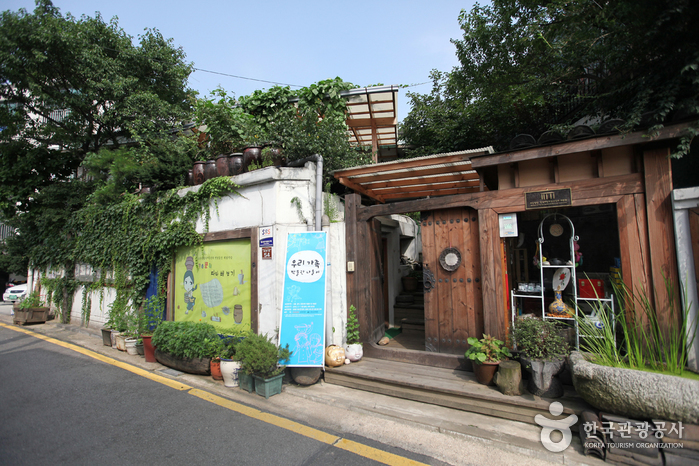
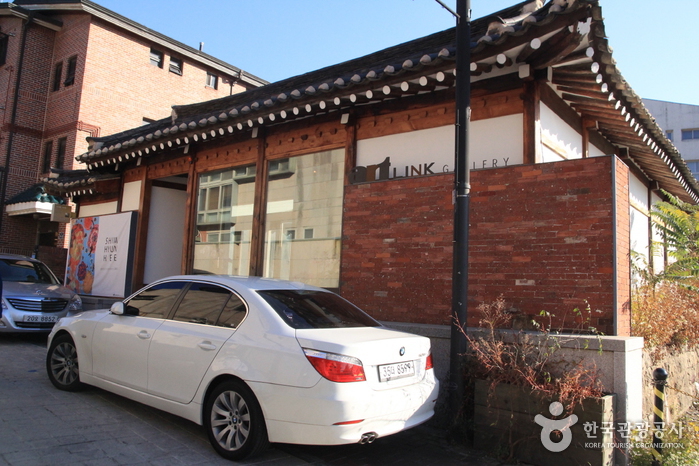
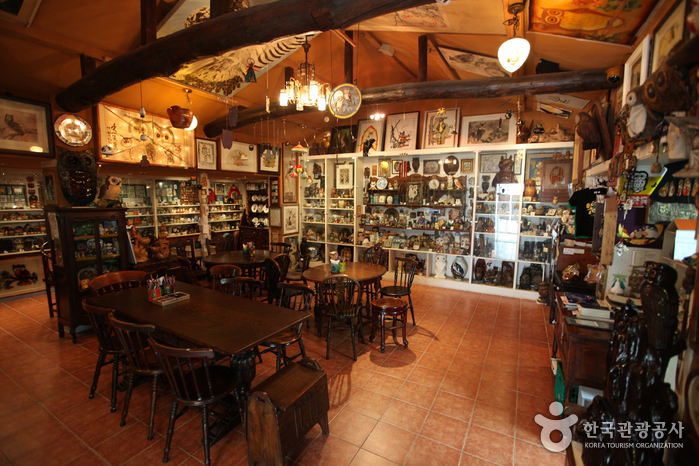
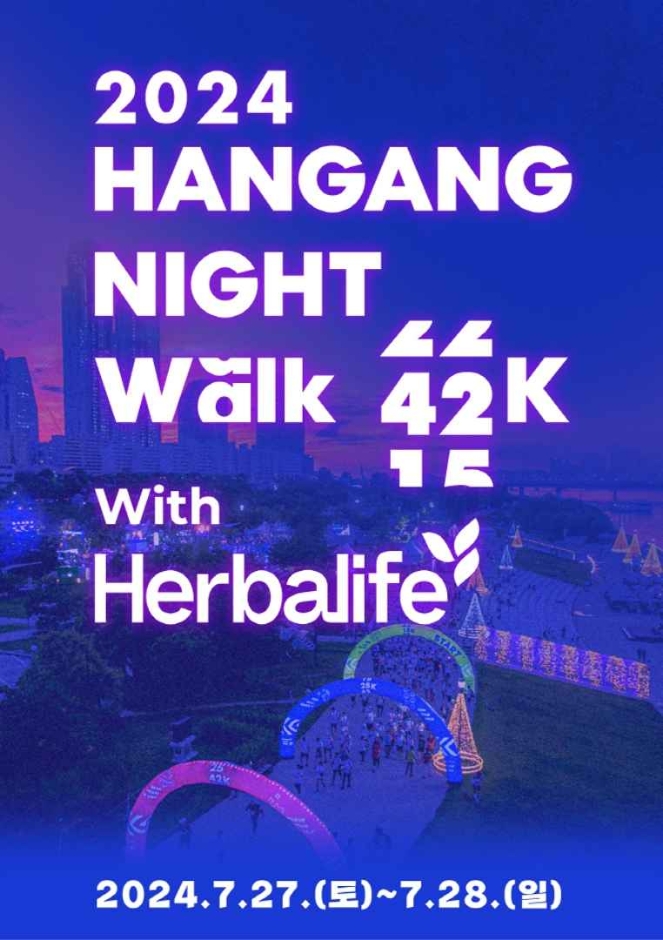
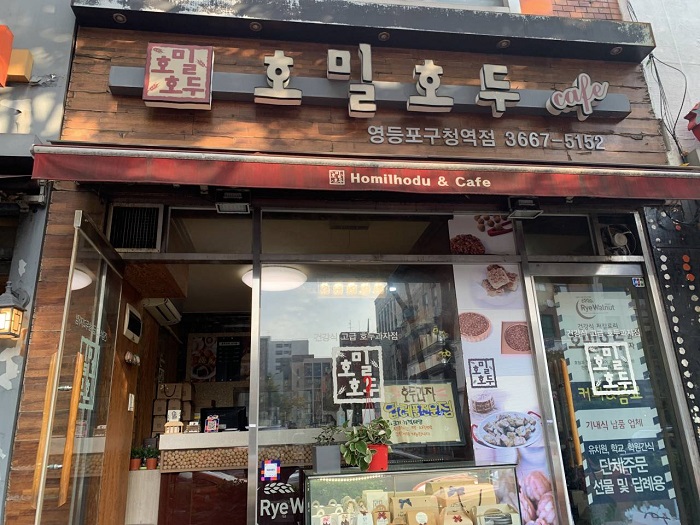
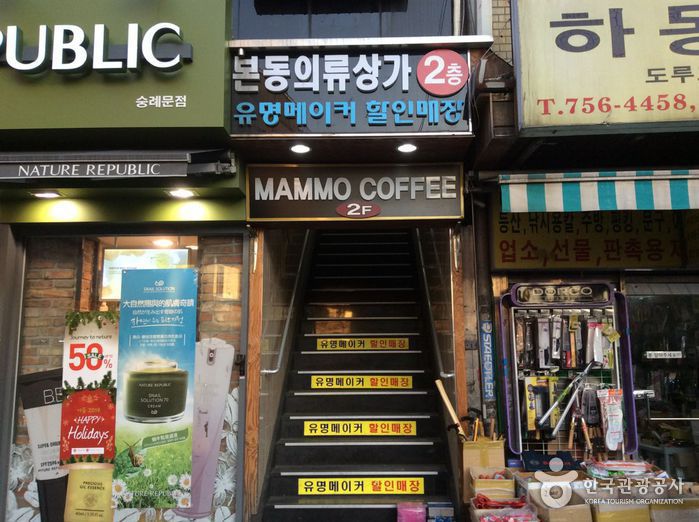
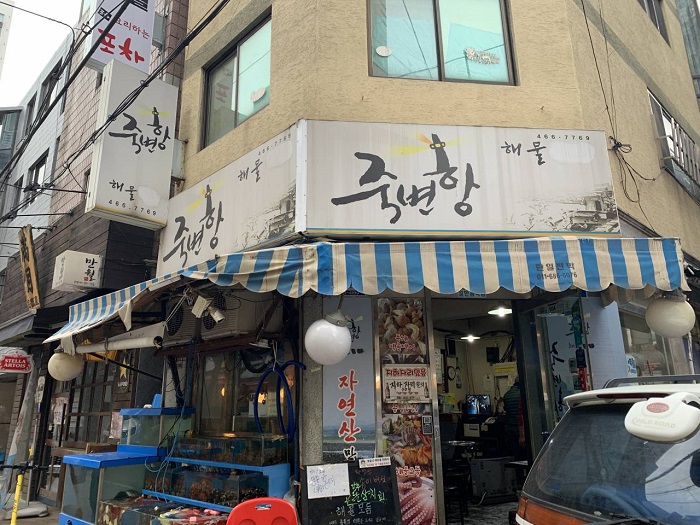
 English
English
 한국어
한국어 日本語
日本語 中文(简体)
中文(简体) Deutsch
Deutsch Français
Français Español
Español Русский
Русский